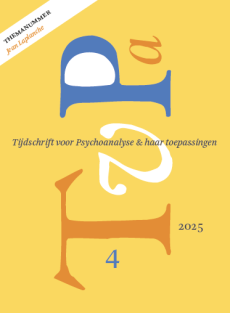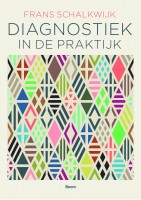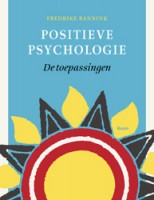Droom en nachtmerrie in Blue velvet
Summary
Dream and nightmare in Blue Velvet
David Lynch’s film Blue Velvet is an illustration of the two poles of fantasy: one pole is dark, violent and uncanny and represents the obscene underworld, the other one is the nostalgic, idealized side, where the impossible desire appears and vanishes again. In the beautiful singer Dorothy’s apartment, both poles meet when protagonist Jeffrey watches an unusual scene between Dorothy and her lover Frank. This scene is analyzed using the Kleinian concepts of splitting, projective identification, paranoid-schizoid position and depressive position.
David Lynch employs the cinema’s phantasmic quality to show the perverse and extreme nature of small-town America, of a society torn between dream and nightmare, in which paranoid anxieties alternate with depressive feelings. His films visualize unconscious fears and conflicts and lead the viewer into the sadistic universe of the Lacanian real.
Literatuur
- BOLLAS, CHR. (1987). The shadow of the object — Psychoanalysis of the unthought known. New York: Columbia University Press.
- CAMBIEN, J. (2008). Paranoïde-schizoïde positie; Depressieve positie; Projectieve identificatie. In H. Stroeken, Psychoanalytisch woordenboek (p. 147-148; p. 53-54; p. 152-153). Amsterdam: Boom.
- FIENNES, S. (2006). The pervert's guide to cinema, presented by Slavoj Žižek. Film.
- GOSSO, S. (red.) (2004). Psychoanalysis and art — Kleinian perspectives. Londen / New York: Karnac.
- KLEIN, M. (1975). Envy and gratitude. In Envy and gratitude and other essays (p. 176-235). New York: The Free Press.
- LYNCH, D. (1986). Blue velvet. Film.
- MCGOWAN, T. (2007). The impossible David Lynch. New York: Columbia University Press.
- RODLEY, C. (2005). Lynch on Lynch. New York: Faber & Faber.
- SHEEN, E. & davison, a. (red.) (2005). The cinema of David Lynch. Londen: Wallflower Press.
- THYS, M. (2006). Fascinatie — Een fenomenologisch- psychoanalytische verkenning van het onmenselijke. Amsterdam: Boom.
- ŽIŽEK, S. (1996). Schuins beziend. Amsterdam: Boom.
- ŽIŽEK, S. (2005). The metastases of enjoyment. Londen/New York: Verso.
 © 2009-2025 Uitgeverij Boom Amsterdam
© 2009-2025 Uitgeverij Boom Amsterdam
ISSN 1382-516x
De artikelen uit de (online)tijdschriften van Uitgeverij Boom zijn auteursrechtelijk beschermd. U kunt er natuurlijk uit citeren (voorzien van een bronvermelding) maar voor reproductie in welke vorm dan ook moet toestemming aan de uitgever worden gevraagd:
Behoudens de in of krachtens de Auteurswet van 1912 gestelde uitzonderingen mag niets uit deze uitgave worden verveelvoudigd, opgeslagen in een geautomatiseerd gegevensbestand, of openbaar gemaakt, in enige vorm of op enige wijze, hetzij elektronisch, mechanisch door fotokopieën, opnamen of enig andere manier, zonder voorafgaande schriftelijke toestemming van de uitgever.
Voor zover het maken van kopieën uit deze uitgave is toegestaan op grond van artikelen 16h t/m 16m Auteurswet 1912 jo. Besluit van 27 november 2002, Stb 575, dient men de daarvoor wettelijk verschuldigde vergoeding te voldoen aan de Stichting Reprorecht te Hoofddorp (postbus 3060, 2130 KB, www.reprorecht.nl) of contact op te nemen met de uitgever voor het treffen van een rechtstreekse regeling in de zin van art. 16l, vijfde lid, Auteurswet 1912.
Voor het overnemen van gedeelte(n) uit deze uitgave in bloemlezingen, readers en andere compilatiewerken (artikel 16, Auteurswet 1912) kan men zich wenden tot de Stichting PRO (Stichting Publicatie- en Reproductierechten, postbus 3060, 2130 KB Hoofddorp, www.cedar.nl/pro).
No part of this book may be reproduced in any way whatsoever without the written permission of the publisher.
Nieuwsbrief Boom Psychologie
Meld u nu aan en ontvang maandelijks de Boom Psychologie nieuwsbrief met aantrekkelijke aanbiedingen en de nieuwe uitgaven.
Aanmelden


